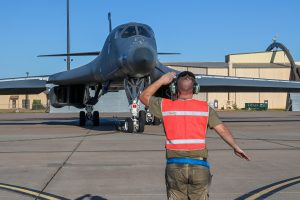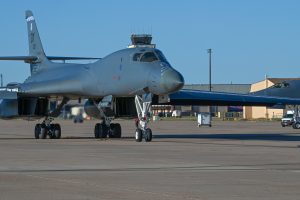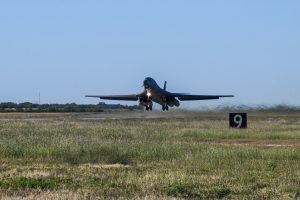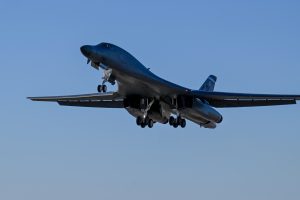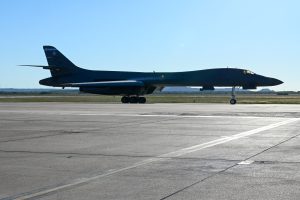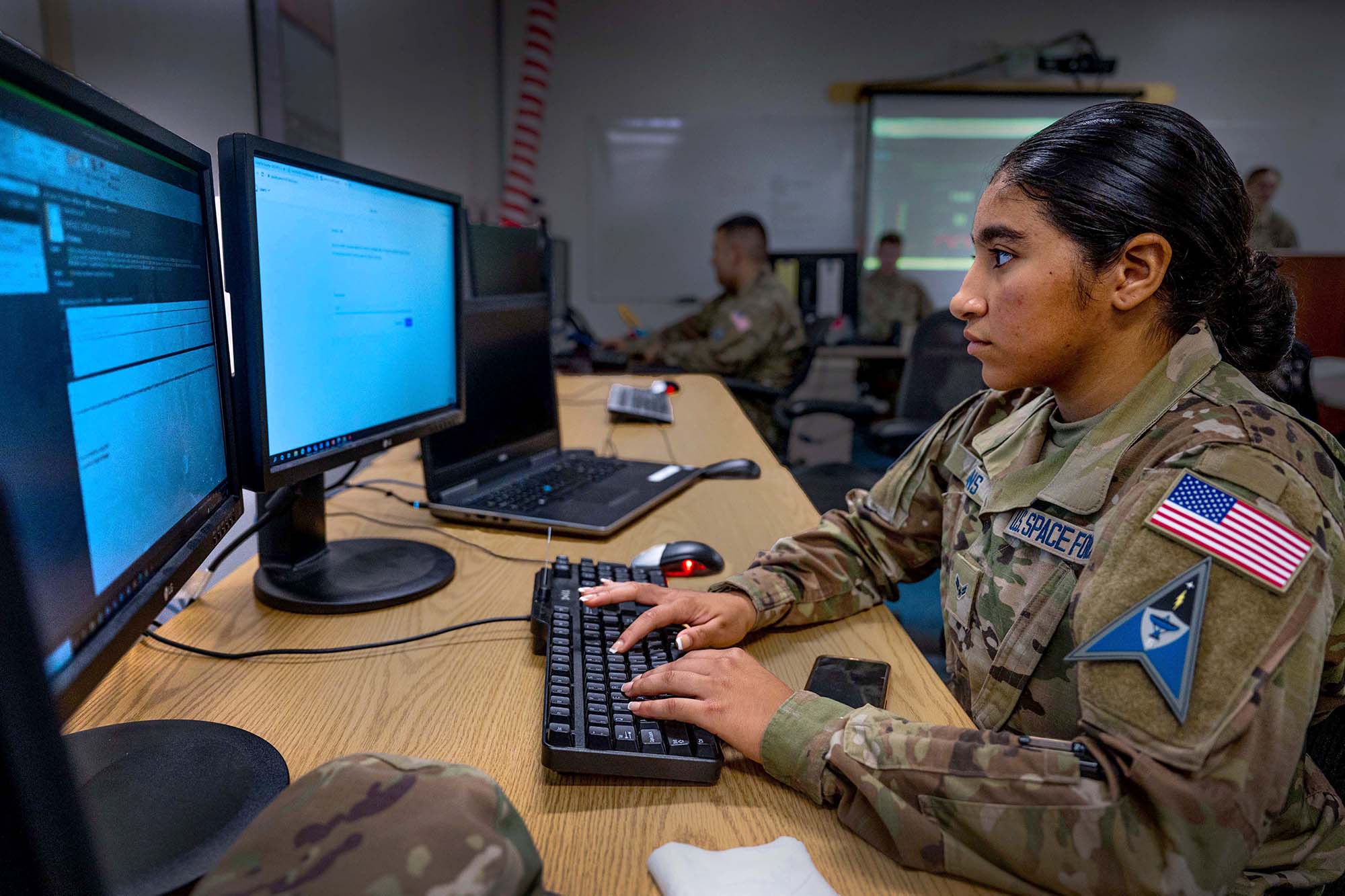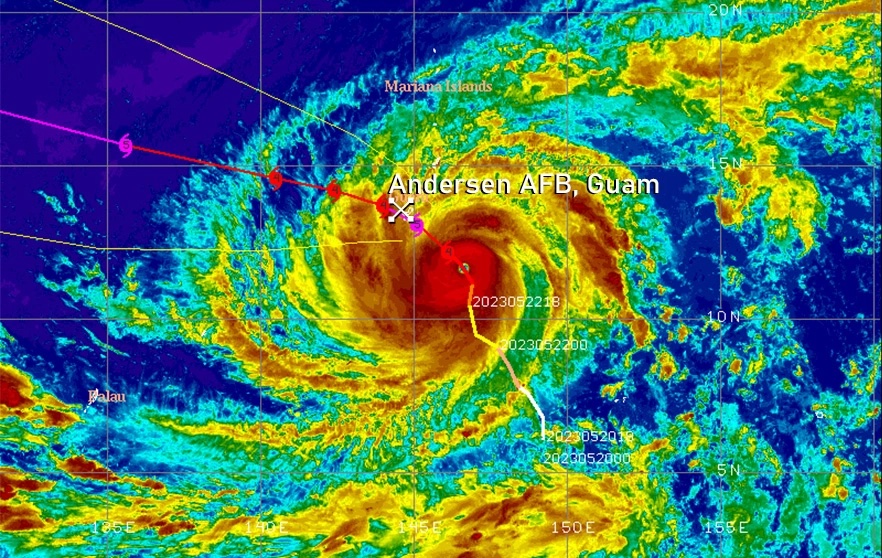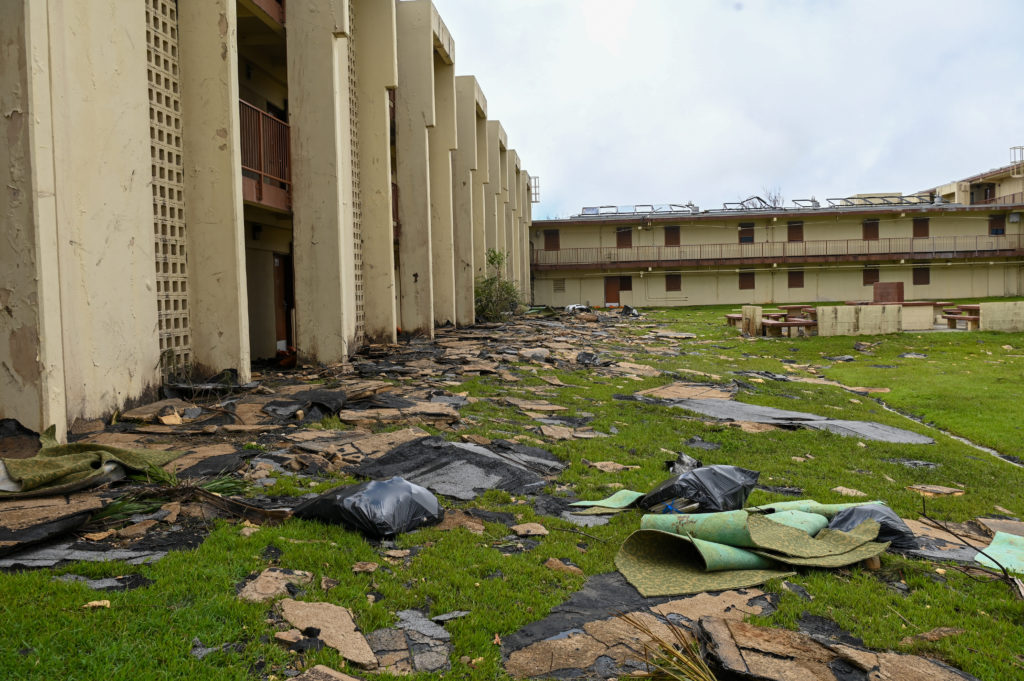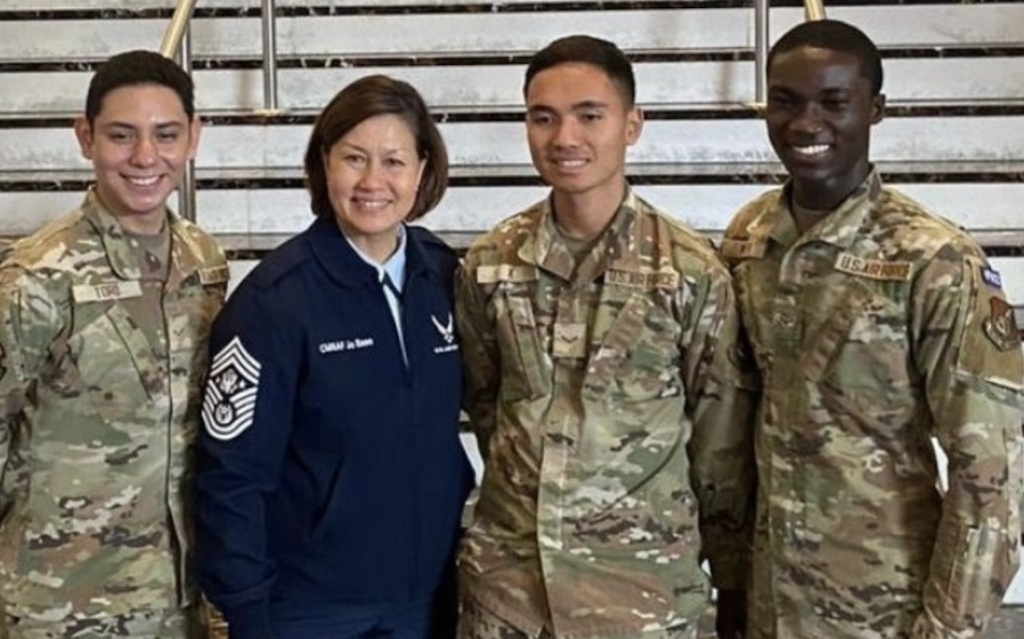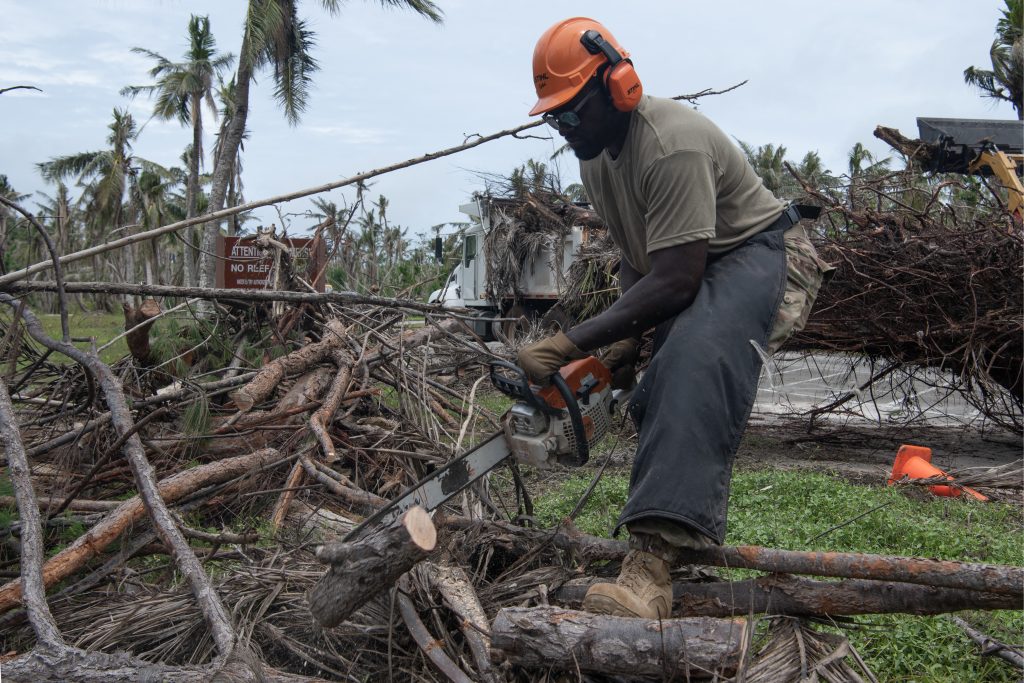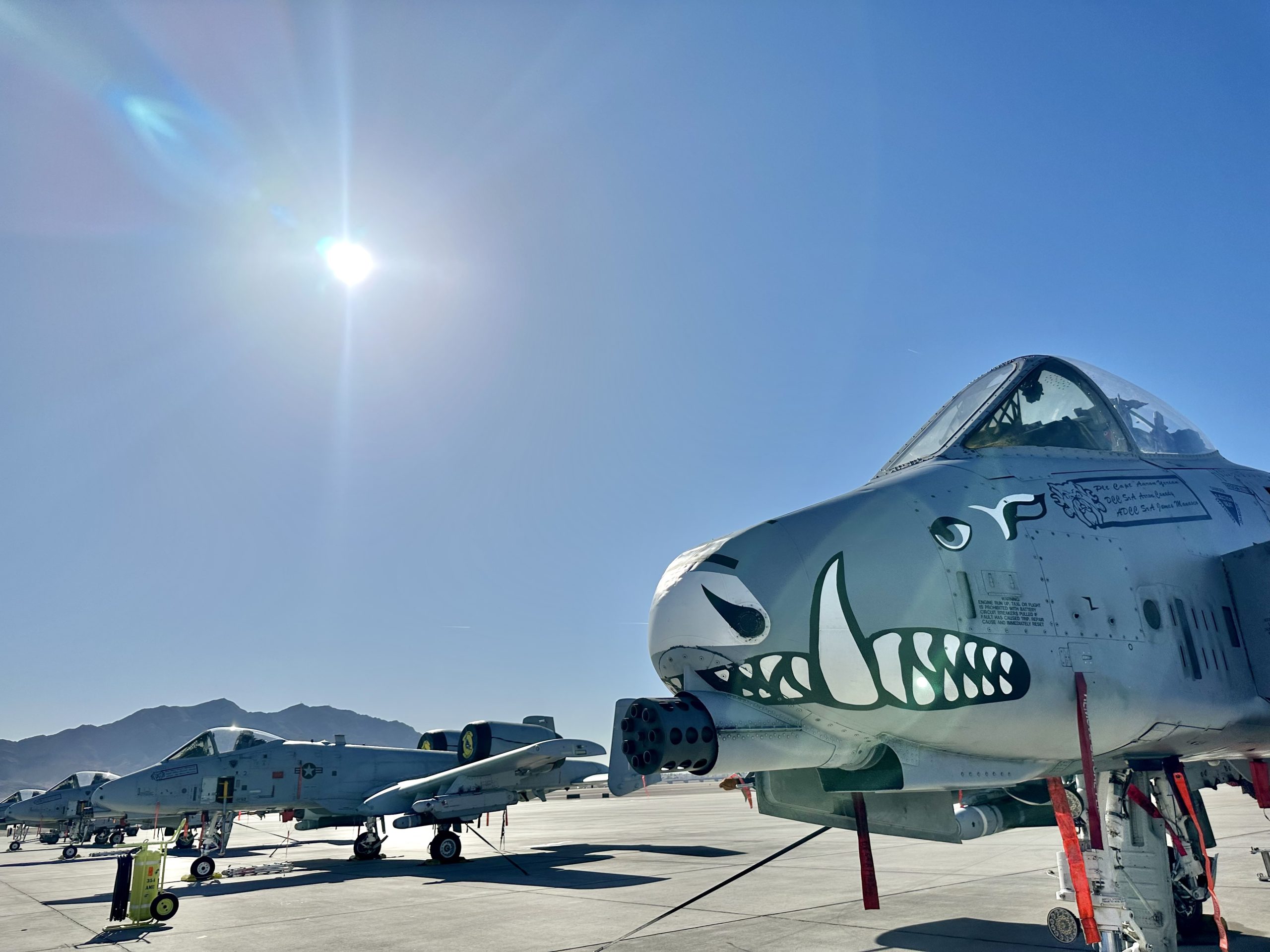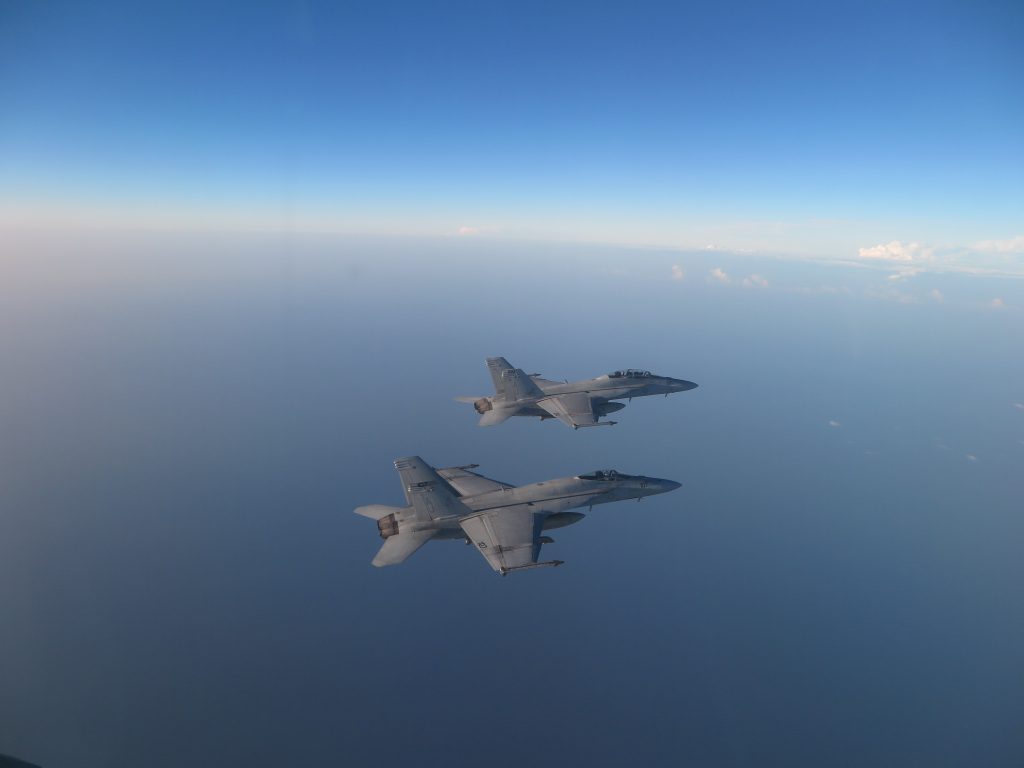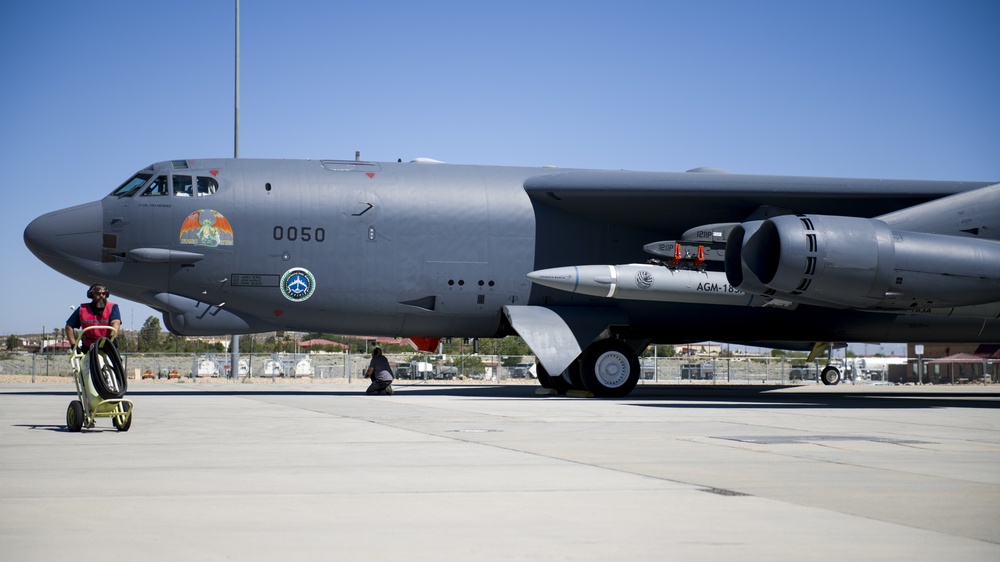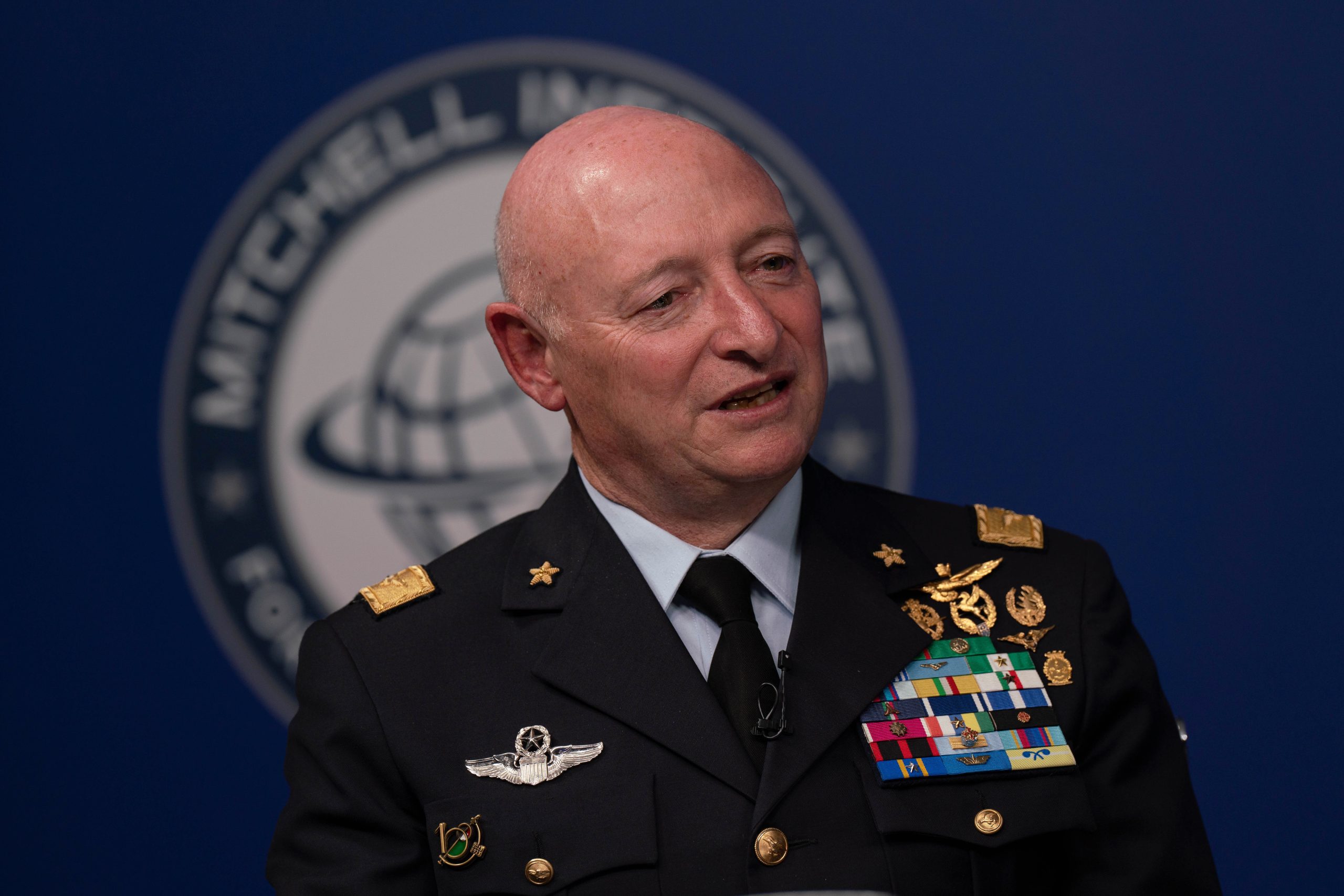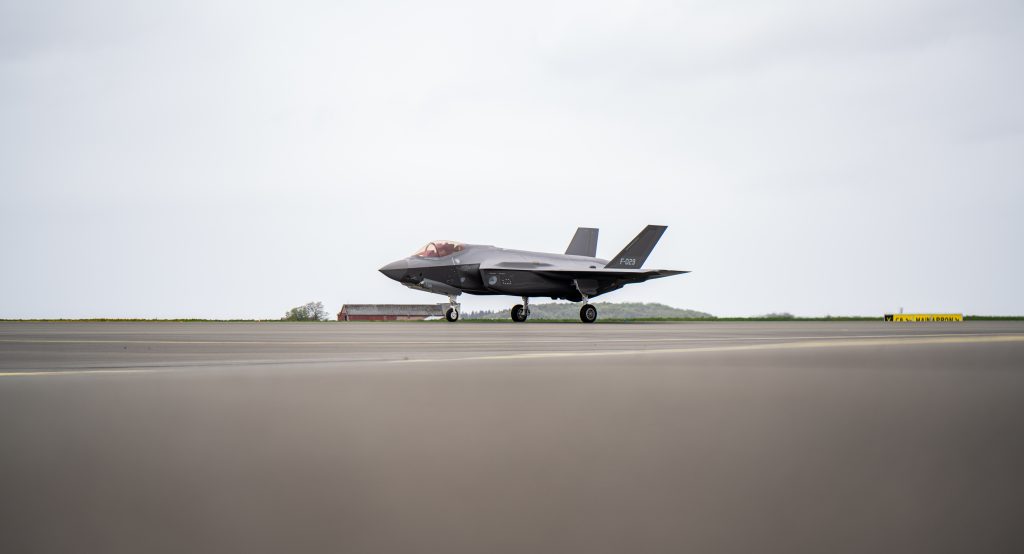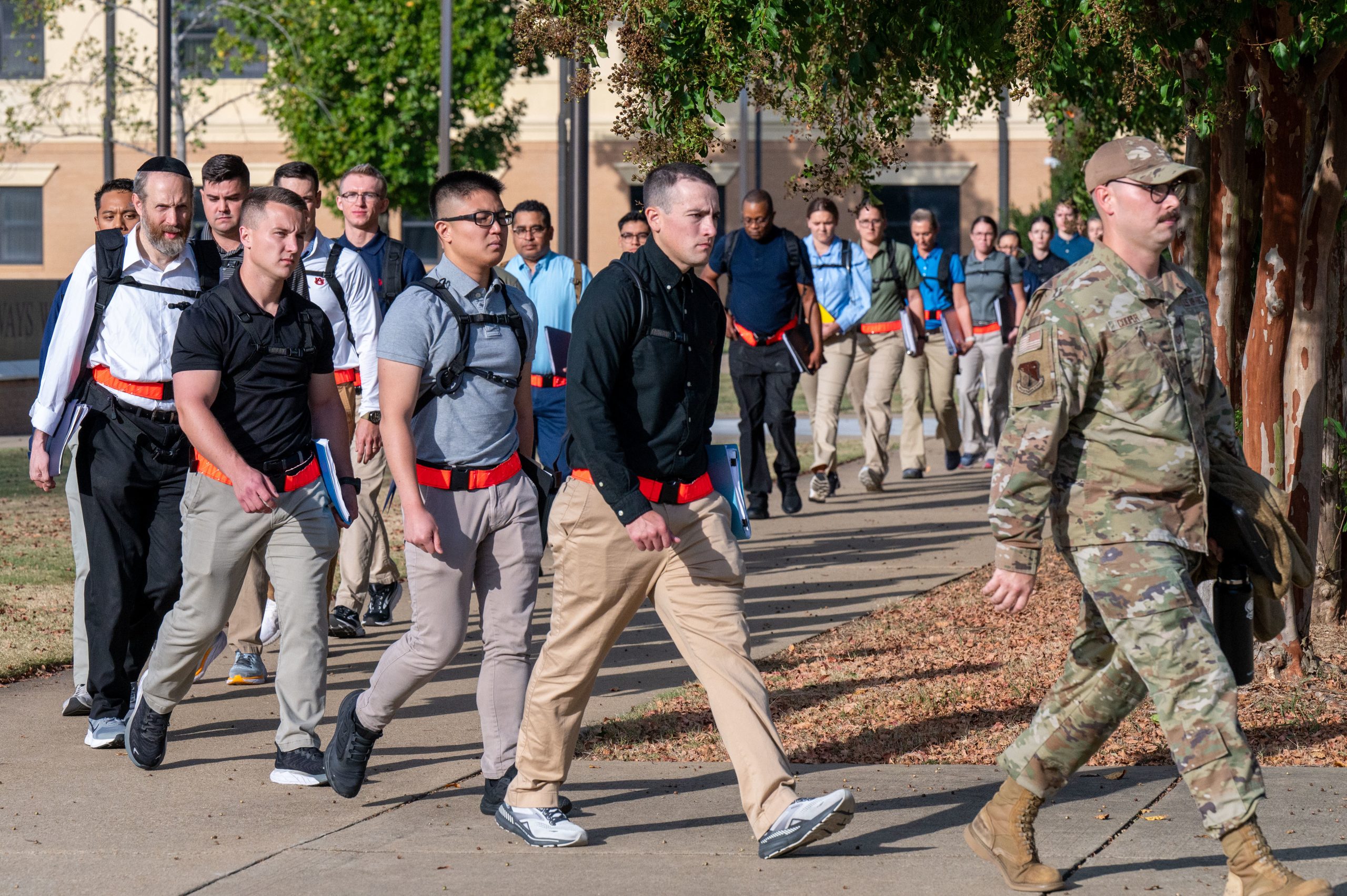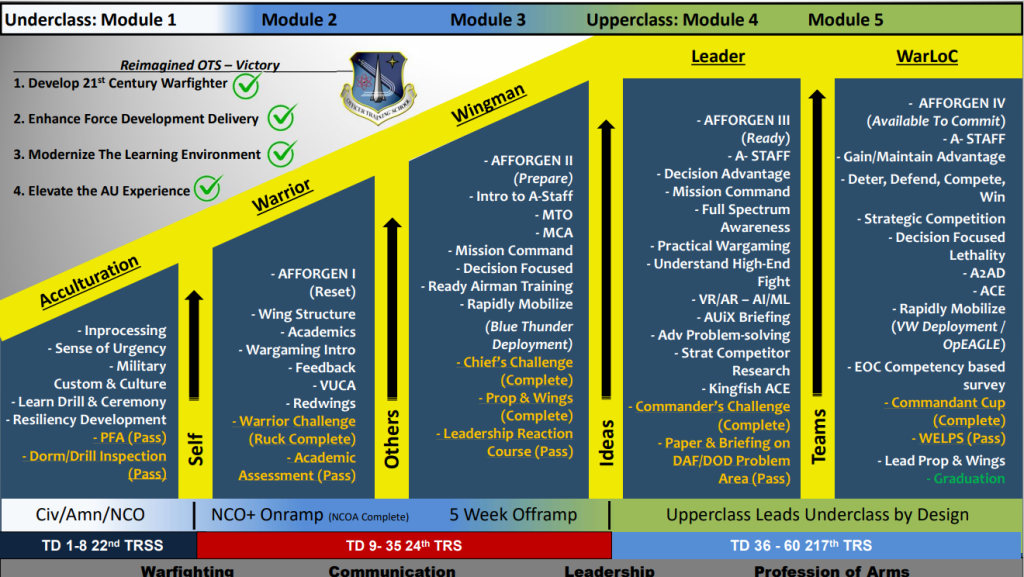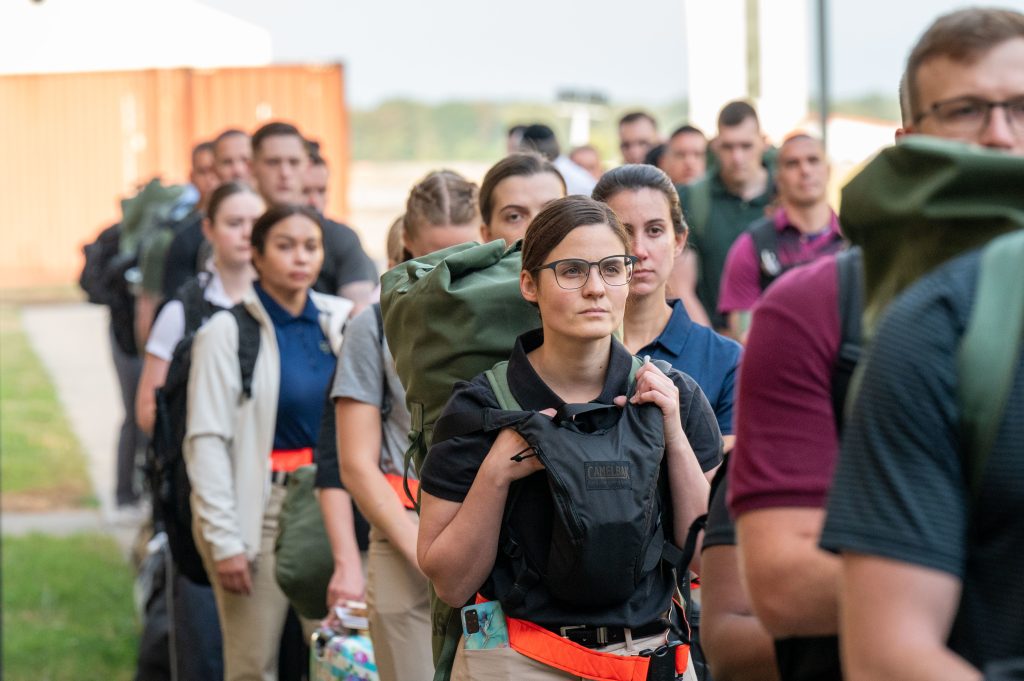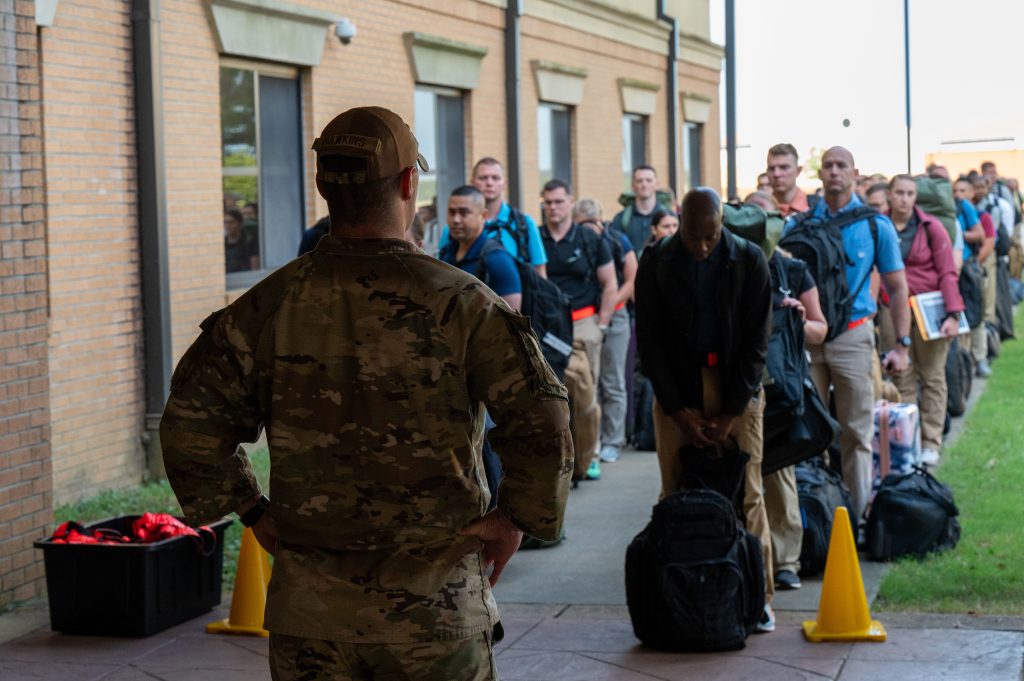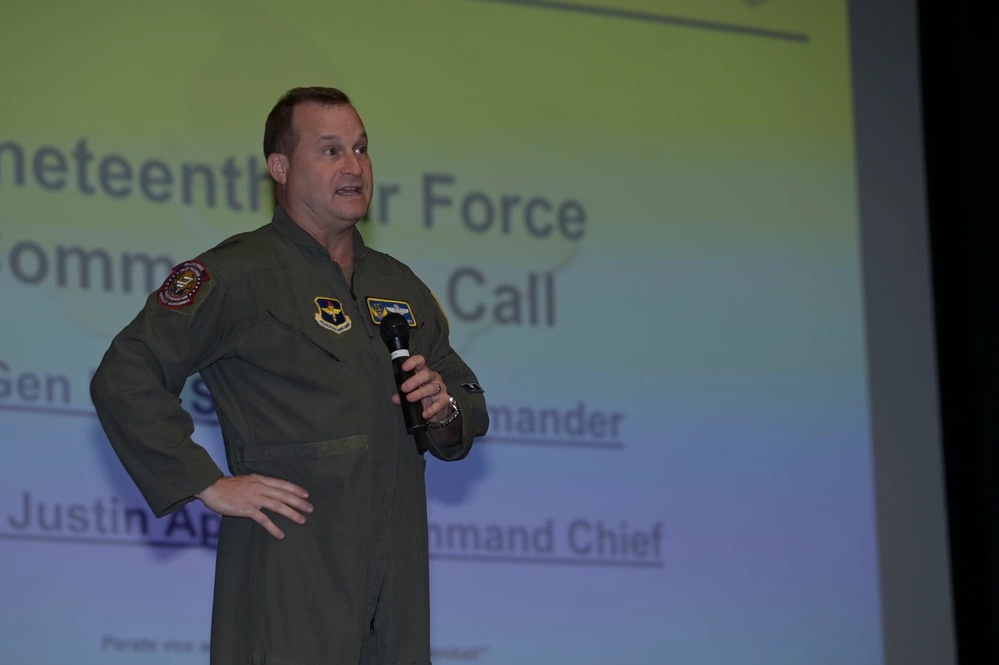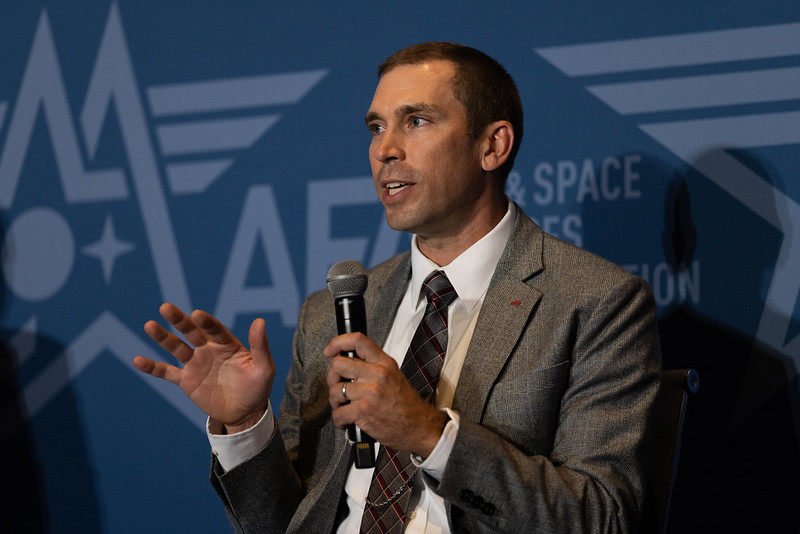Multiple B-1B Lancers arrived at RAF Fairford, United Kingdom, on Oct. 12, kicking off a Bomber Task Force deployment as tensions rise across the globe.
More than 100 Airmen deployed to support the B-1s from Dyess Air Force Base, Texas, the first Bomber Task Force rotation of fiscal 2024. U.S. Air Forces in Europe emphasized in a release that the deployment was “long-planned,” and was not triggered by events such as Hamas’ incursion into Israel and events since.
USAFE “routinely hosts and supports a variety of U.S. Air Force aircraft and units for training aligned with U.S. European Command objectives,” the statement said.
Still, the bombers’ arrival and its missions over the next several months will likely be watched closely. As Russia’s invasion of Ukraine drags on, fears rise that the war between Israel and Hamas in Gaza could spread to other groups and countries in the Middle East.
B-1s from an earlier Bomber Task Force deployment fired advanced munitions in a live-fire exercise in June, using ranges in Jordan and Saudi Arabia as part of a joint exercise that included Israel.
During that same deployment Russian fighter jets intercepted the B-1s in the Baltic Sea region. The task force’s bombers landed in Sweden for the first time ever and joined in on the Swedes’ premier air exercise in the Arctic.
Tensions have only risen since then. In the wake of Hamas’ attack, multiple USAF fighter squadrons deployed to the Middle East in an effort to deter both Hezbollah, the Lebanese militant group, and Iran from expanding the conflict while showing firm support for Israel.
Separately, the Ukraine Defense Contact Group also met this week to discuss the country’s long-term air defense, even as questions persist about the U.S.’s ability to keep providing aid.
Amid all this, the B-1 Lancers’ deployment “provides U.S. and NATO leaders with strategic options to assure Allies and partners, while also deterring potential adversary aggression throughout Europe and across the globe,” according to a USAFE release.
Officials have touted Bomber Task Forces as a flexible way for the Air Force to reassure allies and project airpower around the world.
“It seems as though everyone likes to have a bomber in their region,” Air Force Gen. Anthony J. Cotton told reporters this August.

